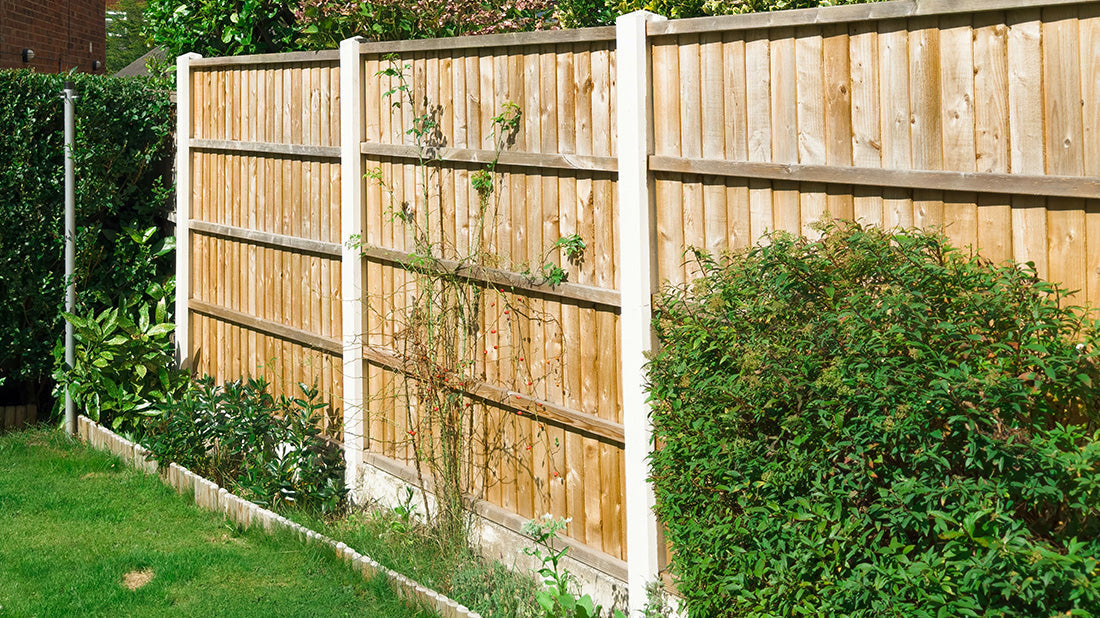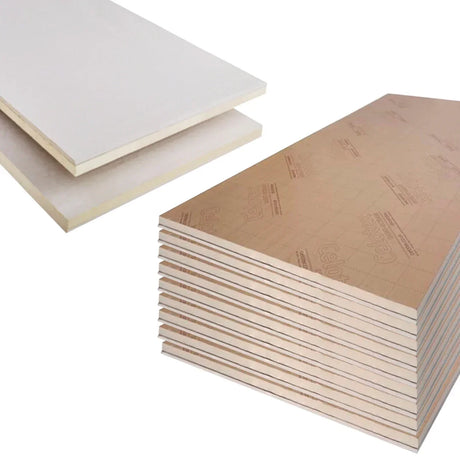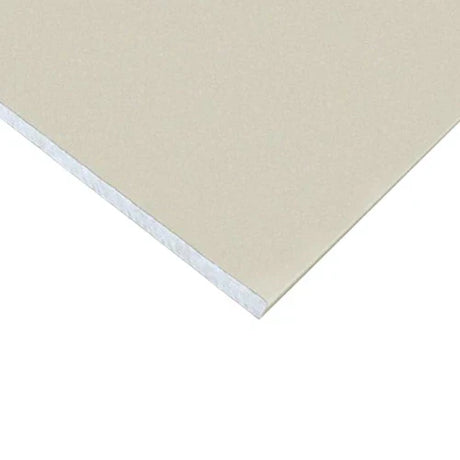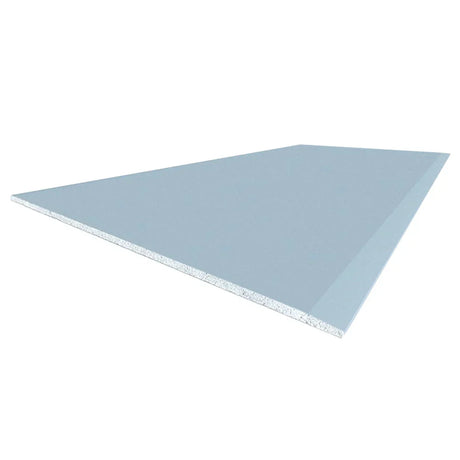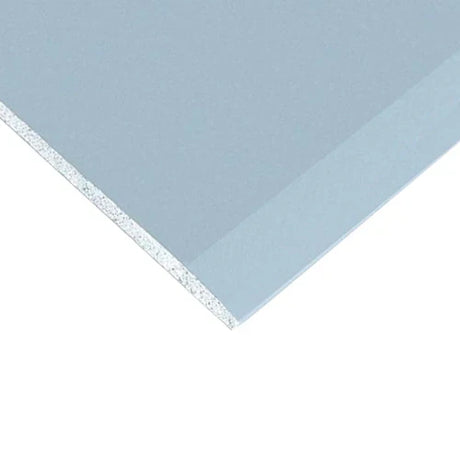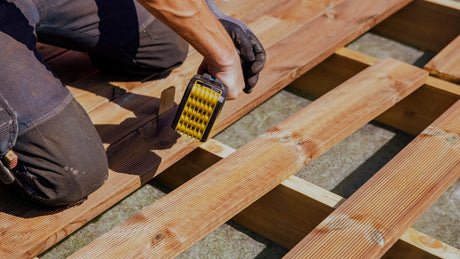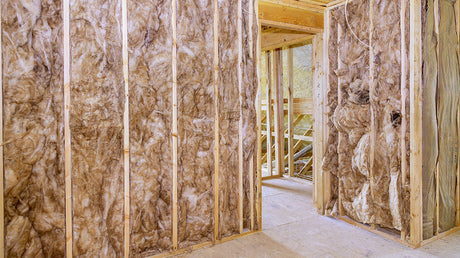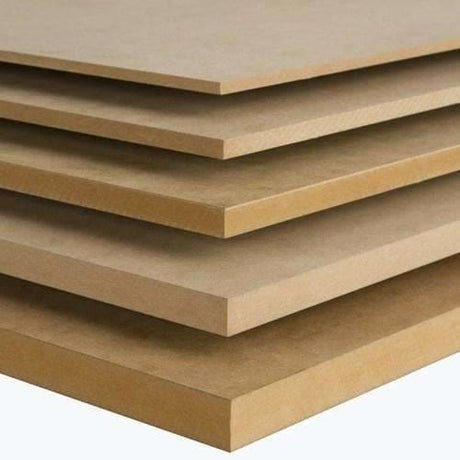Standing in your garden, looking at that tired old fence that's seen better days, you might be wondering where to even start with replacing it. Perhaps you're planning a new fence for a freshly landscaped space, or maybe you simply want to enhance your privacy and security. Whatever your situation, choosing the right fencing panels can feel overwhelming when you're new to the task. This comprehensive guide will walk you through everything you need to know to make an informed decision and achieve professional-looking results.
Understanding Fencing Panels: The Basics
Before diving into the specifics, let's establish what we're actually talking about. Garden fencing panels are pre-constructed fence sections that typically measure 1.8 metres in width and come in various heights, commonly ranging from 0.9 metres to 1.8 metres. These ready-made sections have transformed garden fencing from a specialist carpentry task into an achievable DIY project for homeowners across the UK.
The beauty of modern fencing panels lies in their convenience. Rather than constructing a fence board by board, you're essentially slotting together pre-fabricated sections that manufacturers like Grange, Forest Garden, and Jacksons Fencing have already assembled to high standards. This approach saves considerable time whilst ensuring consistent quality throughout your fence line.
The Main Types of Garden Fencing Panels
Walking through any builders merchant, you'll encounter several distinct styles, each offering different benefits depending on your requirements.
Overlap Panels
Overlap panels represent the most economical option and remain popular for straightforward boundary fencing. These panels feature vertical boards that overlap each other, similar to traditional weatherboarding on houses. The overlapping design provides good weather resistance whilst keeping costs manageable. Manufacturers typically construct these from pressure-treated softwood, offering decent longevity when properly maintained. For budget-conscious projects where you need substantial lengths of fencing, overlap panels deliver reliable performance without breaking the bank.
Closeboard Panels
If you're seeking superior quality and longevity, closeboard fencing panels deserve serious consideration. These panels feature vertical boards fixed to horizontal rails with minimal gaps between them, creating a robust and attractive barrier. The construction method provides excellent wind resistance and privacy whilst offering a more refined appearance than standard overlap designs. Leading UK manufacturers like Jacksons produce closeboard panels that can last decades when properly maintained, making them a worthwhile investment for properties where the fence will be a prominent feature.
Decorative and Contemporary Styles
Modern garden design has driven innovation in fence panel aesthetics. Slatted panels with horizontal boards create a contemporary look that's particularly popular in urban settings. Venetian-style panels with angled slats offer privacy whilst allowing some airflow and creating interesting shadow patterns. Hit-and-miss panels, where boards alternate on either side of the frame, provide a distinctive appearance with partial transparency. These decorative options typically command premium prices but can significantly enhance your garden's visual appeal.
Material Considerations and Treatment
The longevity of your fence depends heavily on the timber treatment and quality. Understanding these factors helps you make informed decisions that balance initial costs against long-term value.
Pressure Treatment Standards
Pressure-treated timber has become the industry standard for outdoor applications, and for good reason. The treatment process forces preservatives deep into the wood's cellular structure, providing protection from the inside out. Look for panels meeting British Standards for preservative treatment, which typically offer 15-year guarantees against rot and insect damage. Reputable manufacturers like Forest Garden clearly state their treatment specifications, giving you confidence in your purchase.
The colour of treated timber varies from light green to brown depending on the preservative used. Don't be concerned about the initial appearance – the colour will weather naturally over time to a pleasant silver-grey, or you can apply stain or paint once the timber has dried sufficiently.
Timber Grade and Quality
Not all softwood is created equal. Premium panels use timber graded for strength and appearance, with fewer knots and more consistent grain. Whilst this affects the price, it also impacts longevity and aesthetic appeal. For visible fencing around front gardens or seating areas, investing in higher-grade timber makes sense. For purely functional boundary fencing hidden behind planting, standard-grade panels perform perfectly well.
Practical Planning: Getting Your Project Right
Success with fencing panels starts long before you begin installation. Proper planning prevents costly mistakes and ensures satisfactory results.
Measuring and Calculating Requirements
Begin by accurately measuring your fence line. Remember that standard panels are 1.8 metres wide, so you'll need to calculate how many complete panels you require plus any partial sections for the ends. Account for gate positions and any changes in direction. It's worth sketching a simple plan showing post and panel positions – this helps you visualise the project and creates a useful shopping list.
Consider the ground level along your fence line. If it slopes significantly, you'll need to step your panels down gradually rather than following the slope precisely. This affects both the number of panels required and the installation method.
Understanding Ground Conditions
The type of soil in your garden directly impacts your installation approach. Heavy clay soils provide excellent support for fence posts when properly installed but can be challenging to dig. Sandy soils drain well but offer less lateral support, potentially requiring concrete for stability. Rocky ground presents obvious excavation challenges but provides excellent bearing capacity once you're through it.
If you're unsure about your ground conditions, try digging a test hole where you plan to install your first post. This reveals what you're dealing with and helps you prepare the right tools and materials.
Essential Installation Components
Quality fencing panels require proper supporting infrastructure. Cutting corners on posts and fixings undermines even the best panels.
Fence Posts
For 1.8-metre high fencing panels, you'll need posts at least 2.4 metres long to allow for burial depth. Posts should be 100mm square as a minimum, with 125mm posts providing extra strength for exposed locations. Concrete posts offer maximum longevity and are particularly valuable for end and corner positions that bear the most stress.
Fixings and Hardware
Panel brackets, fence clips, or galvanised nails secure panels to posts. Panel brackets offer the easiest installation method for DIY projects, creating a professional finish whilst allowing future panel replacement without disturbing posts. Ensure all metalwork is galvanised or stainless steel to prevent rust staining and premature failure.
The Installation Process Simplified
With proper preparation, installing fencing panels becomes a manageable weekend project. The key lies in taking your time with the first few posts to establish accurate positioning.
Setting Posts Correctly
Mark your post positions at 1.83-metre centres (allowing for the panel width plus a small gap). Dig holes approximately 600mm deep and 300mm wide. Place the post in the hole and use a spirit level to ensure it's perfectly vertical in both directions. Temporarily brace the post with scrap timber before adding concrete or firmly compacting soil and hardcore around the base.
For end and corner posts, consider using concrete for maximum stability. Mix postcrete according to manufacturer's instructions and pour around the post, ensuring it remains level as the concrete sets. For intermediate posts in good ground conditions, firmly compacted soil mixed with hardcore often suffices.
Fitting Panels
Once your posts are secure, fitting panels becomes straightforward. If using brackets, attach them to the post first, ensuring they're level and at the correct height. Lift the panel into position – having a helper makes this much easier – and secure according to the bracket manufacturer's instructions. Work along your fence line systematically, checking each panel for level before moving to the next section.
For traditional fixing methods without brackets, position the panel against the posts and mark the fixing points. Pre-drill holes to prevent splitting, then drive galvanised nails or screws at an angle through the panel frame into the post. Three fixings per side provides adequate strength.
Maintenance and Longevity
Your investment in quality fencing panels deserves protection through appropriate maintenance.
Initial Treatment
Even pressure-treated panels benefit from additional protection. Once the timber has dried after installation, apply a quality fence treatment or preservative. Products from established brands like Cuprinol or Ronseal provide additional UV protection and enhance the timber's natural colour. Reapply treatments every two to three years depending on exposure.
Ongoing Care
Inspect your fence annually, particularly after winter weather. Look for loose fixings, damaged boards, or signs of rot at ground level. Address minor issues promptly to prevent them developing into major problems. Keep vegetation from growing directly against panels, as this traps moisture and accelerates deterioration.
Making Your Decision With Confidence
Choosing and installing fencing panels represents a significant project, but breaking it down into manageable steps makes it far less daunting. Focus on understanding your specific requirements – privacy, security, budget, and aesthetic preferences – then select panels that best meet those needs.
At DIY Building Supplies, we understand that starting a fencing project can feel overwhelming. Our team combines practical experience with technical knowledge to help you select the right materials for your specific situation. We work with trusted UK manufacturers to provide quality products at competitive prices, backed by expert advice throughout your project.
Whether you're replacing a single damaged panel or fencing an entire garden, we're here to ensure you have everything needed for successful completion. Our commitment to quality products and reliable service means you can approach your fencing project with confidence, knowing you have expert support whenever you need it.
Ready to start your fencing project? Get in touch with our team to discuss your requirements. We'll help you calculate exactly what you need and ensure you have the right materials for professional-looking results that will enhance your property for years to come.

